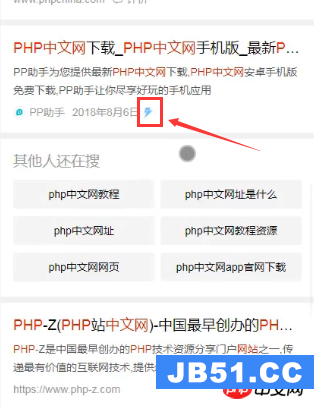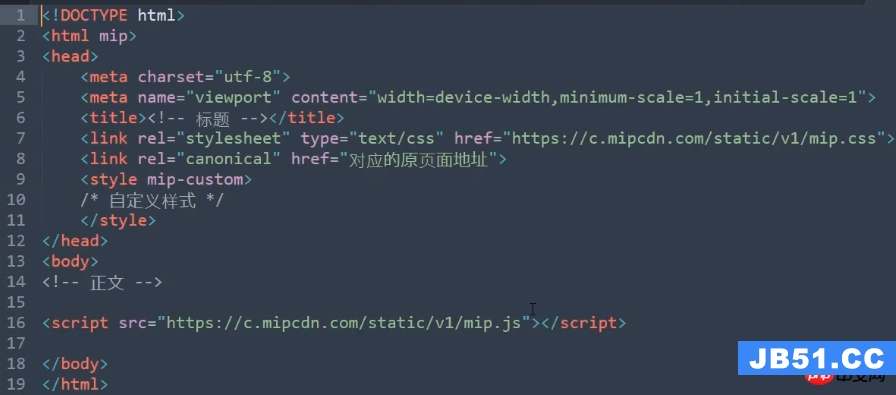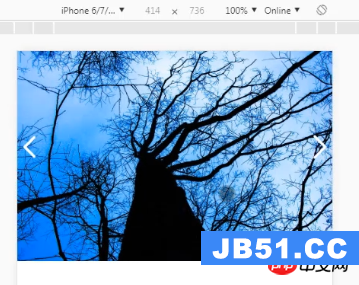<dict>
<key>name</key>
<string>Entity name</string>
<key>scope</key>
<string>entity.name - (entity.name.filename | entity.name.section | entity.name.tag | entity.name.label)</string>
<key>settings</key>
<dict>
<key>fontStyle</key>
<string></string>
<key>foreground</key>
<string>#A6E22E</string>
</dict>
</dict>
下一个范围字符串:
<string>entity.name - (entity.name.filename | entity.name.section | entity.name.tag | entity.name.label)</string>
是一种正则表达吗?什么适用于这个定义?在同一个文件的另一部分,我可以看到这样的东西:
<string>variable.parameter - (source.c | source.c++ | source.objc | source.objc++)</string>
解决方法
it’s possible to AND,OR,and subtract scope selectors,e.g.:
(a | b) & c - dwould select the scope which is not matched by d,and matched by both c,and a or b.
在Sublime Text中,您可以通过转到“工具”菜单 – >找到光标右侧的字符范围.开发者 – >显示范围名称.
对于测试选择器,您可以在Sublime Text控制台(View菜单 – > Show Console)中使用view.match_selector或view.find_by_selector APIs.
view.match_selector(view.sel()[0].begin(),'entity.name - (entity.name.filename | entity.name.section | entity.name.tag | entity.name.label)')
更多信息:
可以使用以下运算符:
> – :没有,范围内的任何地方(要清楚,这是一个由空格包围的短划线,因为短划线可以出现在范围名称的中间)
>& ;: with,范围内的任何地方(在.tmTheme文件中,为XML,&应该转义为& amp;,除非在CDATA节点内.)
>(空格):必须在前面的范围之后(即右边)
> |和,或者,范围内的任何地方
>(…)可用于将选择器组合在一起
笔记:
>范围应该只包含字母数字字符和点(.),因此永远不会发生与运算符的冲突.
>范围由单个空格分隔.
>操作符周围的空白区域不是必需的. (在评估之前修剪/剥离空白).即字符串|注释与字符串|注释相同.
>在评估范围选择器之前,前导点和尾随点也会被剥离
>连续的空格被视为单个空格.
>所有范围从一开始就匹配.范围选择器中没有通配符运算符.因此,您无法使用.python或* .python等匹配范围source.python.
>完全空的选择器匹配所有内容.但是当运算符跟着时却没有.即|它本身就会失败,因为它将会失败.源|然而,工作. – 和来源 – 将失败.
>如果您不确定运算符优先级,请将表达式的部分括在括号中,以使其清晰.但是,在分组后,您似乎需要使用除空格之外的运算符,否则将忽略分组后直接的范围.
例:
在下面的Python片段中,使用syntax test format,将通过所有测试,因此它可以作为选择器如何工作的演示:
a = "hello world" # comment # ^^^^^^^^^^^^^ string.quoted.double # ^^^^^^^^^^^^^ string # ^^^^^^^^^^^^^ string.quoted # ^^^^^^^^^^^^^ string.quoted. # ^^^^^^^^^^^^^ - quoted.double # ^^^^^^^^^^^^^ string - comment # ^^^^^^^^^^^^^ string,comment # ^^^^^^^^^^^^^ string | comment # ^^^^^^^^^^^^^ string & - comment # ^^^^^^^^^^^^^ string & - comment # ^^^^^^^^^^^^^ source string # ^^^^^^^^^^^^^ source & (string - comment) # ^^^^^^^^^^^^^ source - (string & comment) # ^^^^^^^^^^^^^ string & source # ^ source.python string.quoted.double.block.python punctuation.deFinition.string.begin.python # ^ source & string & punctuation.deFinition.string.begin.python # ^ string & punctuation & source # ^ string punctuation & source # ^ source punctuation & string # ^ source string punctuation - (punctuation string) # ^ string - source comment - punctuation source # ^ string - source comment - comment # ^ source - python # ^ source - (source & python) # ^ source - (source python) # ^ source.python - source.python.string # ^ source.python.. ..string.. # ^ comment - string # ^ comment # ^ comment,string # ^^^^^^^^^^^^^^^^^^^ comment,string | source # ^ (punctuation | string) & source.python - comment # ^ (punctuation & string) & source.python - comment
请注意,由于scope selector specificity似乎忽略了一些更高级的结构,您可能会发现使用范围选择器创建的.tmTheme规则适用或不适用于您可能不期望的情况.






